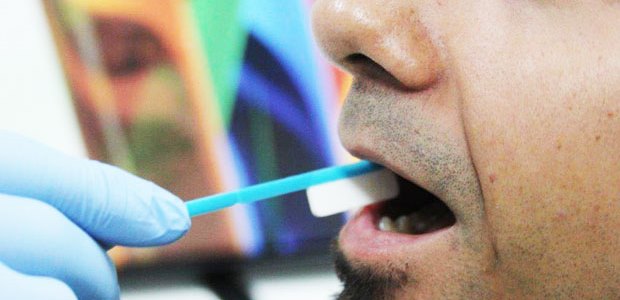
Most Commenters Endorse Oral Fluid Testing Guidelines
DATIA and some testing companies also submitted comments in response to SAMHSA's proposed mandatory guidelines, which were published May 15, 2015.
Dozens of identical comments referencing shy bladder syndrome were submitted along with comments from the Drug and Alcohol Testing Industry Association (DATIA) and some drug testing companies in response to SAMHSA's proposed mandatory guidelines to allow federal agencies to collect and test oral fluid specimens in their workplace drug testing programs. July 14 was the deadline for comments on the proposed guidelines, which SAMHSA published May 15, 2015.
Urine specimen testing has been the only method available under the guidelines in place since 1988. SAMHSA's supporting material in the proposed guidelines says urine testing still will be used far more, predicting that 93 percent of testing that is done will utilize urine specimens and 7 percent will use oral fluid samples. If the Department of Transportation and Nuclear Regulatory Commission allow oral fluid testing in regulated industries' programs, the estimated annual numbers of specimens for DOT would be 180,000 oral fluid and 5,820,000 urine, and for NRC would be 14,000 oral fluid and 186,000 urine.
DATIA's comments came from Executive Director Laura Shelton and concerned split specimen collections and MRO recertification CEUs. z'DATIA does not believe that serial collection of specimens, with the second specimen collected within two minutes of the first specimen, constitutes a split specimen or should be allowed," she wrote, adding that "oral fluid specimen collection within the HHS guidelines should require that enough specimen be collected at one time to be divided in front of the donor to create a true split specimen that will be acceptable for DOT testing."
But OraSure Technologies, Inc.'s comments support both simultaneous and serial collection of two oral fluid samples. (The company produced the first FDA-approved oral fluid drug test in 2000 and has conducted more than 100 million oral fluid tests in the subsequent 15 years, OraSure's new product development director, Graham Yearwood, Ph.D., and R&D manager, Dean Fritch, Ph.D., wrote.)
Most commenters endorsed the proposed guidelines. One asked whether the specimen collector must ask whether the donor uses tobacco products and also asked SAMHSA to specify "what items could impede or interfere with the collection of an oral fluid specimen. Should the donor be required to remove tobacco, food, hygiene items (such as gum, mints, candy) but be allowed to keep removable orthodontic appliances (such as a retainer) or oral piercings?" This person suggested stating: "donor's mouth needs to be free of temporary items not including orthodontic appliances (such as a retainer or dentures) or oral piercings (such as lip rings or tongue piercings) to include tobacco, food, gum, mints, candy or like items. Donor must remove temporary items before the collection begins."
Drugs of abuse are detected in oral fluid for 5 to 48 hours after use, whereas the detection time in urine is 1.5 to 4 days, or longer with chronic drug use, according to SAMHSA, which said potential benefits for federal agencies that choose to use oral fluid in their drug testing program include a faster collection process; an observed collection method that leads to fewer rejected, invalid, substituted, and adulterated specimens; and an effective tool in post-accident testing for identifying the parent or active drug.
SAMHSA proposed in April 2004 to include oral fluid, hair, and sweat testing in federal workplace drug testing programs, but public comments and issues raised by federal agencies identified several concerns, and HHS ultimately concluded the scientific, technical, and legal information for the testing of alternative specimens was insufficient. Now, the scientific literature base for oral fluid testing and interpretation of results have grown substantially, and many non-regulated, private-sector organizations have incorporated oral fluid testing into their workplace programs, according to the agency.
SAMHSA also proposed changes in its mandatory guidelines for urine testing on May 15 that would allow federal executive branch agencies to test for additional Schedule II prescription medications (oxycodone, oxymorphone, hydrocodone, and hydromorphone).